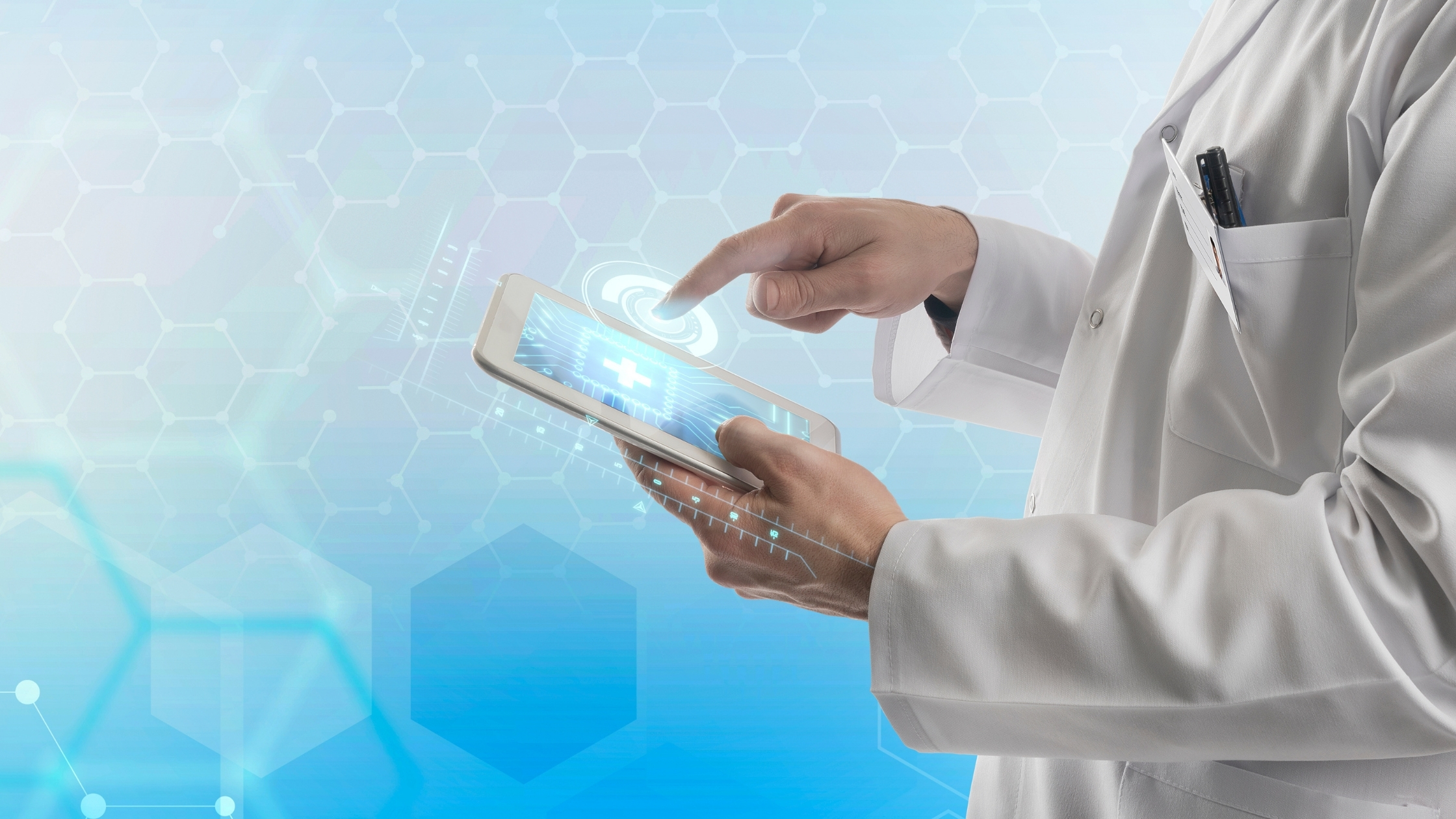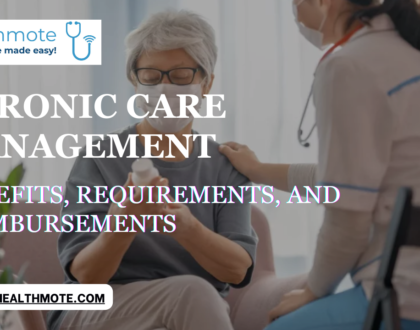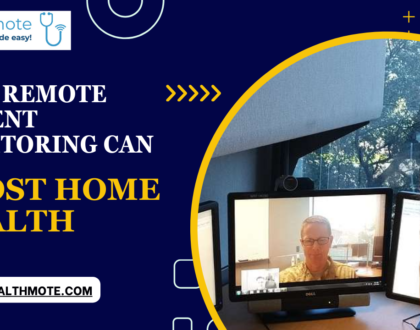
Remote Patient Monitoring – The Future Of Healthcare after Covid-19
The COVID-19 pandemic has highlighted the need to deploy and utilize digital tools and technology for Remote Patient Monitoring (RPM). With the onset of lockdown and unease of visiting clinics due to Covid-19. We perceive the need for more reliable disease detection and health monitoring for individuals, which seems to be achievable through wearable sensors and home devices.
While RPM is not a new concept, the pandemic has dramatically increased access to remote monitoring with the home market. The devices in the market are assumed to be double in size over the succeeding years.
The pandemic has sparked tremendous spikes in digital technology adoption as doctors and patients adhered to social distancing guidelines. In the four weeks leading up to April 12, 71% of routine visits were remote, according to the Royal College of General Practitioners. , In 2020, compared to 25% in the same period in 2019, this is a massive change.
COVID-19 has changed the way we think.
We all understand the need to maintain social distancing to control infection rates and ensure that the health system is not overwhelmed. The technical ability to provide remote advice when needed brings tangible benefits. However, the introduction of remote monitoring systems to complement routine medical care can increase user satisfaction and provide some advantages. It still presents challenges that require real-time collaboration between doctors, healthcare providers, and other healthcare providers and technology networks. The patient is at the right time.
Chronic patient management can improve patient’s quality of life by keeping them independent, avoiding complications, and minimizing personal costs. It is especially beneficial for patients dealing with more complex self-care processes such as post-operative care, home dialysis, diabetes, and heart failure. Essential features of RPM, such as trend analysis of physiological parameters, enable early data analysis and detection of deterioration in condition, which could reduce hospital visits and stays and, with timely intervention, improve patient outcomes. They are less resistant to innovations such as virtual consultation or remote monitoring with handheld devices that are open to anything expected to optimize their experience, especially if it allows them to take better control over their treatment plans.
RPM enables patients to have better control over their health while reducing the influx of people into our healthcare facilities. So, resources can get supplied where they are needed the most. Healthcare workers need to cope with growing demand without putting pressure on an already strained system.
The need for timely medical communication has never been more essential than it has become during this pandemic when patient care often happens outside the hospital. Blood pressure cuffs, pulse oximeters, and blood glucose meters collect both physiological and subjective data, which then gets evaluated by a healthcare professional or a clinical decision algorithm to identify potential problems.
However, clinicians have faced the challenge of reinventing their practice to suit their patients. during the COVID19 pandemic and quickly record and adapt to video and RPM requests. Understanding how these systems are integrated into day-to-day practice to communicate data efficiently and effectively is essential to optimizing opportunities. Many innovations, such as the National Information Technology Program in 2002, initially failed because doctors were reluctant to interact with them, citing delays, operational challenges, and poor cost control as significant problems.
For the patient, home and RPM devices need to be easy to use, intuitive, and precise for easy management. As the abundance of medical information increases, clinicians raise concerns about over-reliance on self-diagnosis (and, in some cases, misinterpretation). Adopting RPM to bridge the doctor-patient gap during the pandemic and beyond will be critical to achieving this balance and avoiding misdiagnosis.
A critical role of RPM is to improve data quality and the flow of information to deliver timely, effective, and safe supply. Data from RPM applications can be uploaded to the Electronic Patient Record (EPR), contributing to more comprehensive care, including real-time information. There are many important considerations that digital health technology providers and home diagnostic device manufacturers that collect personal information need to understand. The regulatory and technical environment in which they operate and the protection of patient data is of the utmost importance. Can your technology be downloadable hardware, application-based, and only accessible via WIFI? Can the information collected be anonymized? Software developed in a high-tech company might not work seamlessly at a patient’s place, or even an NHS hospital with older, less developed infrastructure that could impede digital communication.
The possibilities of RPM to make treatment and carelessness reactive, to allow patients and doctors to intervene early and avoid unnecessary exacerbations and avoidable hospital admissions are enormous. With a patient-centered digital-first approach, the entire healthcare industry will benefit from a large flow of data. To help us identify the people at most risk, either due to physical or psychosocial conditions. In addition, the data can feed into clinical research on drug discovery and disease prevention, enabling faster development of vaccines and new treatments, not just for COVID19 but for other diseases as well.
COVID19 appears to have motivated both patients and clinicians to adopt new technologies such as RPM, which are likely to be a common feature of clinical routine in the future. The demand for our health systems will continue to grow. But, the technology that focuses on early detection and intervention can better manage this, prevent more costly treatments, and provide the catalyst for transformative and lasting change across the health network that will benefit all of us.
About Healthmote
Healthmote is an easy-to-use integrated platform that lets providers tap into a slew of Medicare programs like Telemedicine Solutions, Video visits, Remote Patient Monitoring (RPM), Chronic Care Management (CCM), and more. We have built the system with one thing in mind: SIMPLICITY. We have worked with hundreds of providers and understand deeply that providers, their staff, and their patients do not have time for complex solutions.
Please call us at +1 844 583 5363 or fill out the form below if you have more questions
Related Posts
November 13, 2023
Chronic Care Management Benefits, Requirements, and Reimbursements
October 30, 2023
Remote Patient Monitoring: How It Benefits Patients
October 17, 2023


